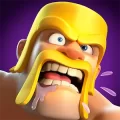"Angry Kirby" Origins Revealed by Ex-Nintendo Staff
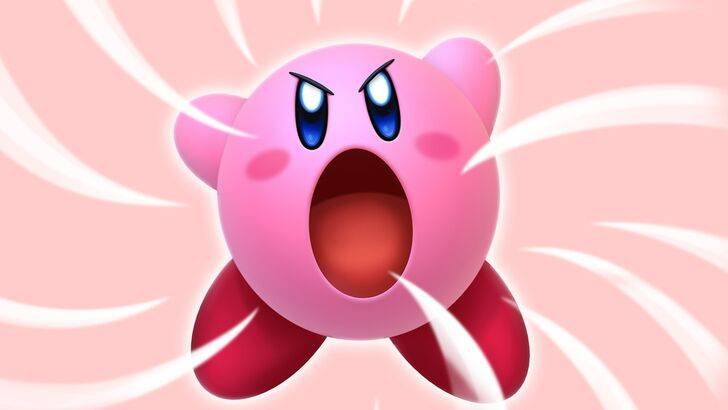
Former Nintendo employees have shed light on the reasons behind Kirby's differing appearances in the U.S. and Japan. This article delves into how Kirby was marketed differently to Western audiences and discusses Nintendo's evolving approach to global localization.
"Angry Kirby" Was Made To Appeal To Wider Audiences
Nintendo Rebranded Kirby For More Appeal In The West
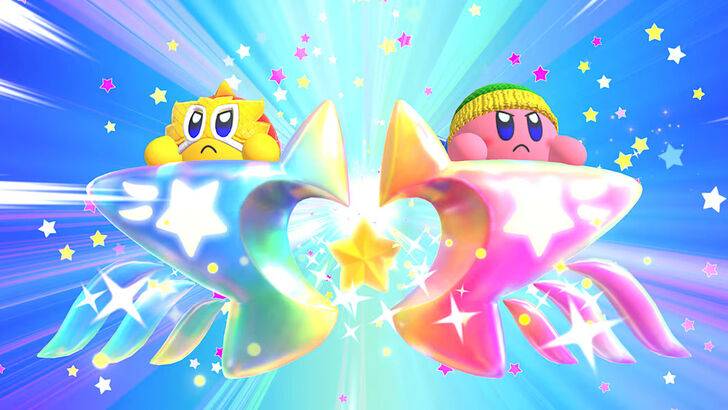
Kirby's appearance was intentionally made fiercer and more determined on game covers and artworks to appeal more to American audiences, earning the nickname "Angry Kirby" among fans. In an insightful interview with Polygon on January 16, 2025, former Nintendo Localization Director Leslie Swan explained the reasoning behind this strategic shift. Swan noted that while cute and sweet characters resonate well with all ages in Japan, in the U.S., tween and teen boys are more drawn to characters with a tougher demeanor.
Shinya Kumazaki, Director of Kirby: Triple Deluxe, told GameSpot in 2014 that while cute Kirby attracts a broad audience in Japan, a strong and battle-hardened Kirby appeals more to American gamers. However, he emphasized that the approach varies by game, citing Kirby Super Star Ultra as an example where both U.S. and Japanese box art showcased a tougher Kirby. Kumazaki highlighted the balance between showcasing Kirby's serious side in gameplay while acknowledging the enduring appeal of his cuteness in the Japanese market.
Advertising Kirby As "Super Tuff Pink Puff"
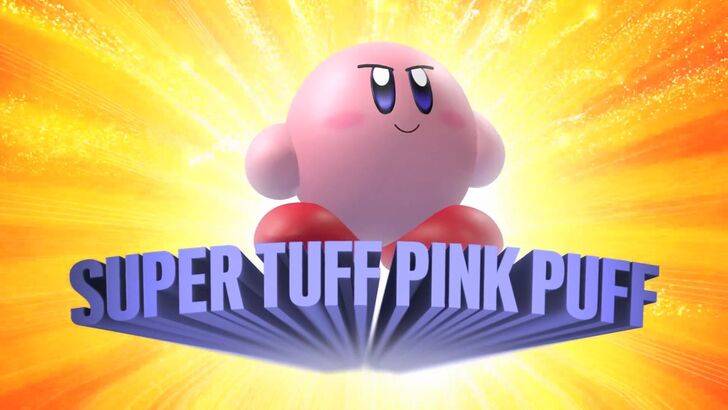
To broaden Kirby's appeal, particularly to boys, Nintendo marketed him as "Super Tuff Pink Puff" in the 2008 Nintendo DS game Kirby Super Star Ultra. Krysta Yang, a former Public Relations Manager at Nintendo of America, explained that this move was part of a broader effort to shed the company's "kiddie" image. Yang mentioned a period when the gaming industry, including Nintendo, aimed to project a more adult and cool image, saying, "Having a game that was labeled ‘kiddie’ was really a curse."
Nintendo's marketing strategy consciously emphasized Kirby's combat capabilities to distance the character from being seen solely as entertainment for young children. In recent years, the focus has shifted more towards gameplay and abilities, as seen in promotional materials for Kirby and the Forgotten Land in 2022. Yang acknowledged the ongoing effort to portray Kirby as a more well-rounded character, although many still perceive him as primarily cute rather than tough.
Nintendo’s U.S. Localization For Kirby
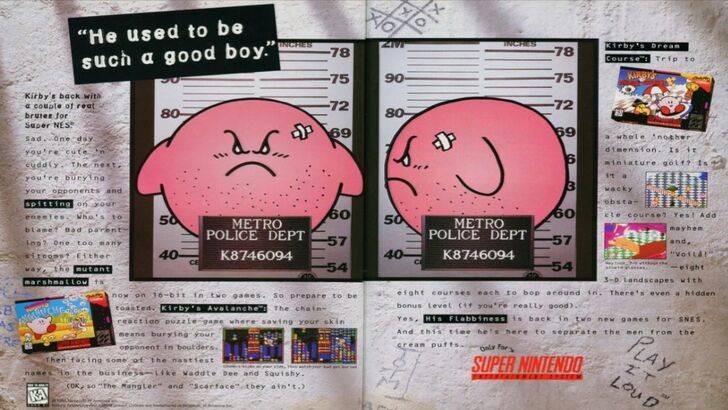
The divergence in Kirby's localization between Japan and the U.S. became evident with the infamous 1995 "Play It Loud" campaign, featuring Kirby in a mugshot. Over the years, U.S. box art for games like Kirby: Nightmare in Dream Land (2002), Kirby Air Ride (2003), and Kirby: Squeak Squad (2006) portrayed Kirby with sharp eyebrows and a more aggressive facial expression.
Beyond facial expressions, Nintendo made other adjustments to Kirby's appearance to appeal to Western audiences. For instance, the U.S. box art for Kirby’s Dreamland on GameBoy in 1992 presented Kirby in a ghostly-white tone, deviating from the pink hue seen in Japan. This change was necessitated by the GameBoy's monochrome display, but it posed a challenge for Nintendo, as Swan noted, "A puffy pink character for boys who are trying to be cool just wasn’t going to get the sales that everybody wanted."
In response, Nintendo of America altered Kirby's facial expressions on U.S. box artwork to broaden his appeal. In recent times, Kirby's global advertising has achieved greater consistency, with the character alternating between serious and gleeful expressions.
Nintendo’s Global Approach
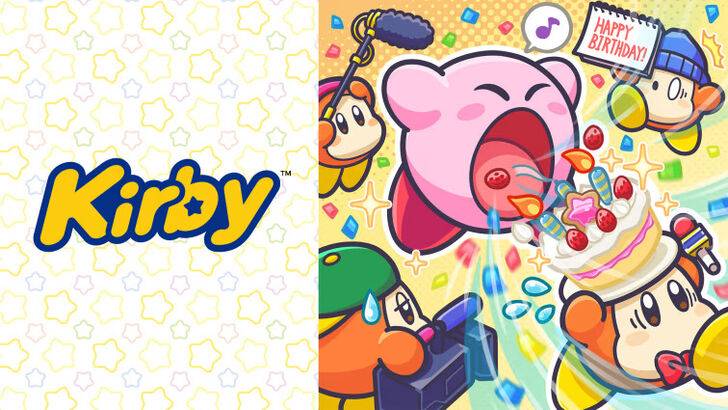
Both Swan and Yang agree that Nintendo has adopted a more global perspective in recent years. Nintendo of America now collaborates closely with its Japan office to ensure consistent marketing and localization strategies. This shift moves away from regional variations, such as differing box art, and aims to avoid past instances like the 1995 Kirby "Play It Loud" advertisement.
Yang noted that the global audience's tastes have not fundamentally changed, but Nintendo's strategy has evolved to prioritize global marketing. She pointed out the benefits and drawbacks of this approach, saying, "Being global means consistency for the brand across all regions, but sometimes there is a disregard for regional differences." This could potentially lead to "really bland, safe marketing for some of Nintendo’s products."
Game localizers attribute the current trend of more uniform localization to the broader globalization of the industry and increased awareness of Japanese culture among Western audiences. Many in the West have grown up with Japanese pop culture, including games, movies, manga, anime, and other media, which influences their preferences and expectations.
- 1 Holiday Thief Arrives in Seekers Notes Dec 26,2024
- 2 Jujutsu Kaisen Phantom Parade: Tier List Update for 2024 Dec 28,2024
- 3 How To Find and Beat the Storm King in LEGO Fortnite Jan 05,2025
- 4 PUBG Mobile's Championship Finale Nears Jan 09,2025
- 5 Goddess Of Victory: Nikke Is Dropping a New Year’s Update and Collabs with Evangelion and Stellar Blade Soon Jan 04,2025
- 6 Blue Archive introduces new story event with the Cyber New Year March Jan 05,2025
- 7 Brok's Festive Adventure Now Available Jan 03,2025
- 8 Skibidi Toilet DMCAs Garry's Mod But Legitimacy Remains Unclear Jan 07,2025
-
Mastering the Art of Digital Tools
A total of 10
-
Hidden Gems: Unexpectedly Useful Other Apps
A total of 10
-
Top Free Adventure Necessary Games for Android
A total of 4










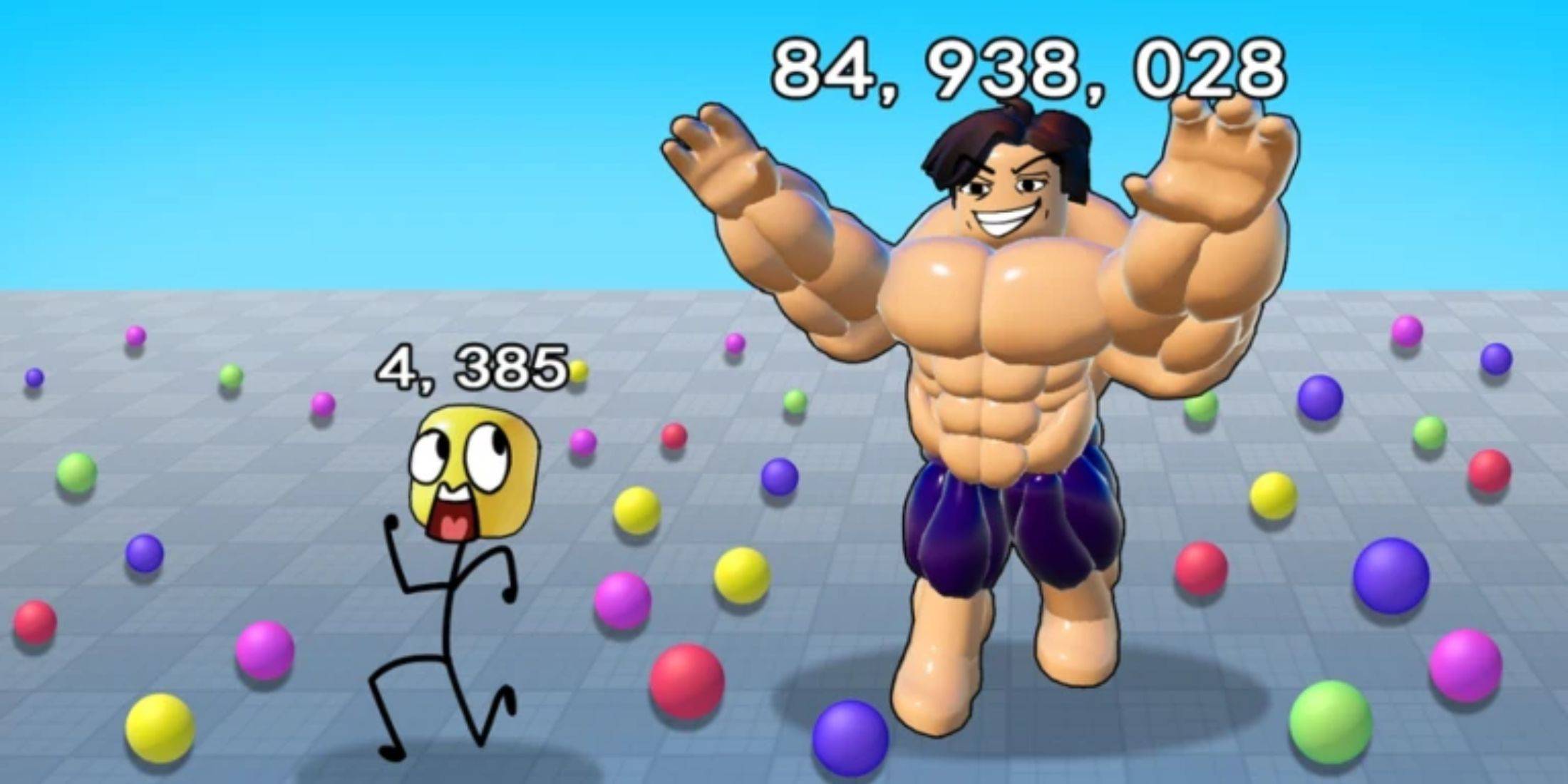

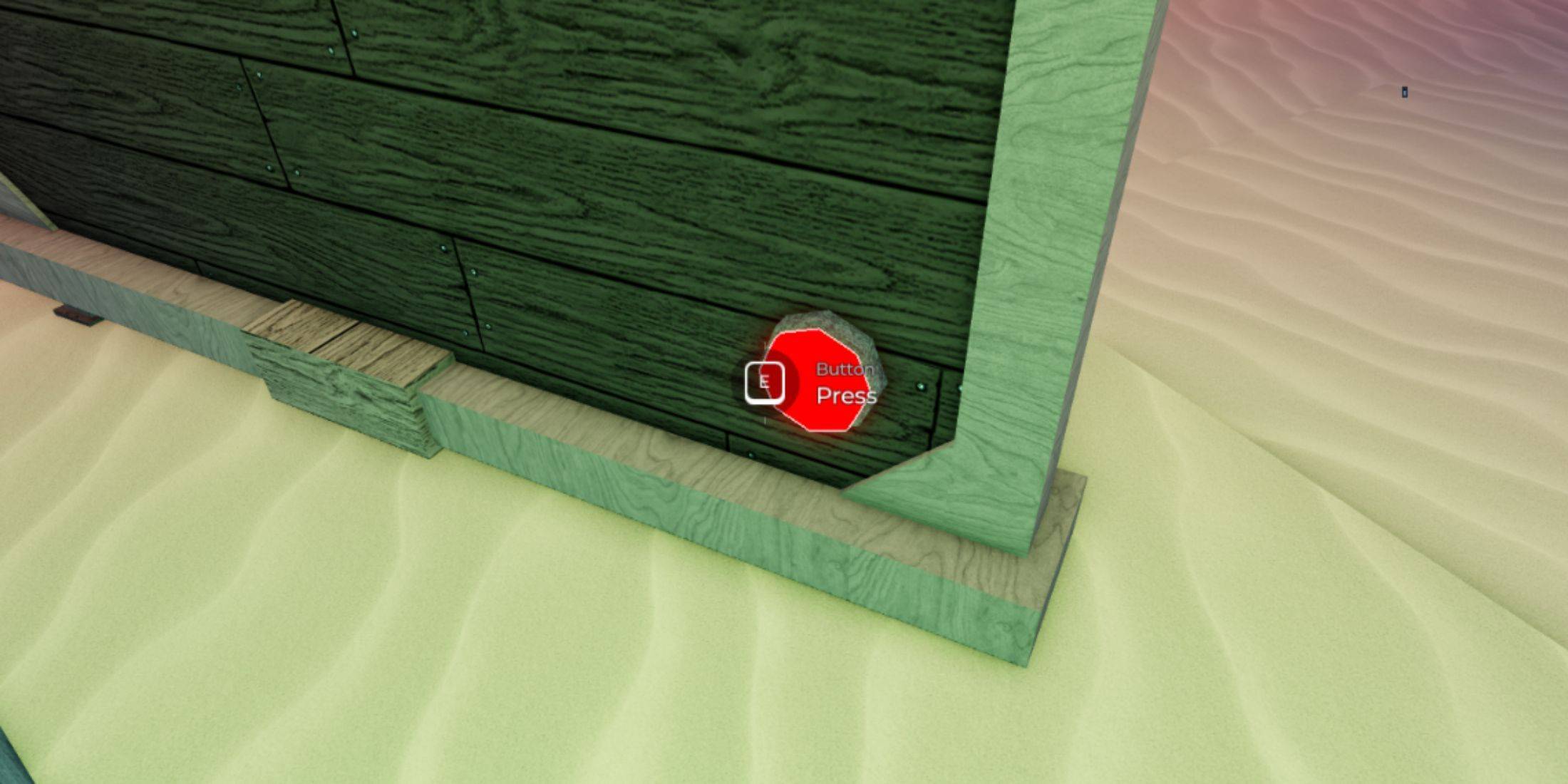

![LeMOMnade: Family Squeeze! – Version 1.1.1 [mtrellex]](https://img.3xbz.com/uploads/38/1719569762667e8d62c486e.jpg)
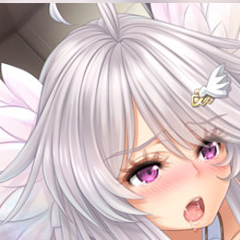
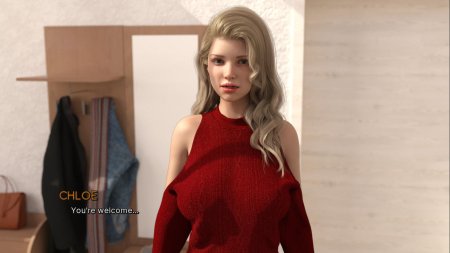

![My Cute Roommate 2 – New Version 1.0 Extra [Astaros3D]](https://img.3xbz.com/uploads/38/1719606486667f1cd652f1a.jpg)









